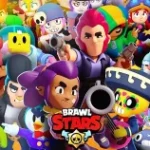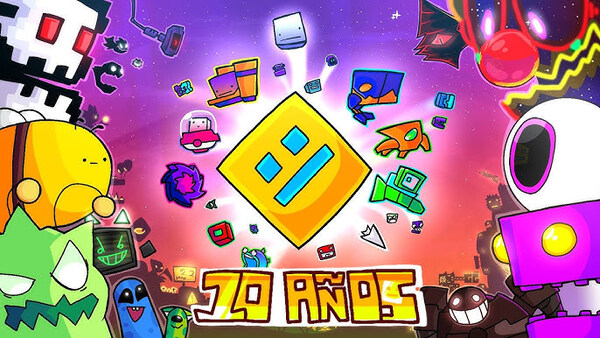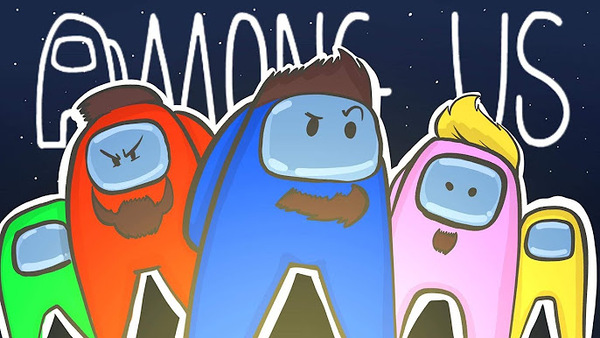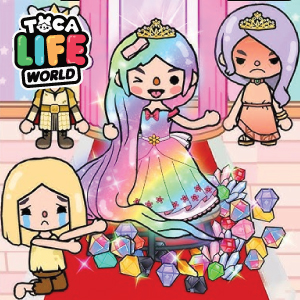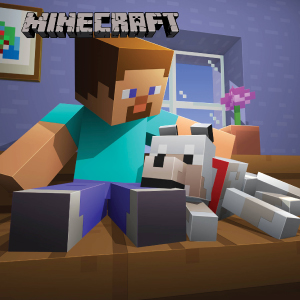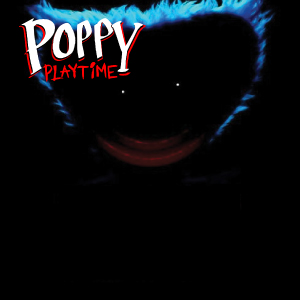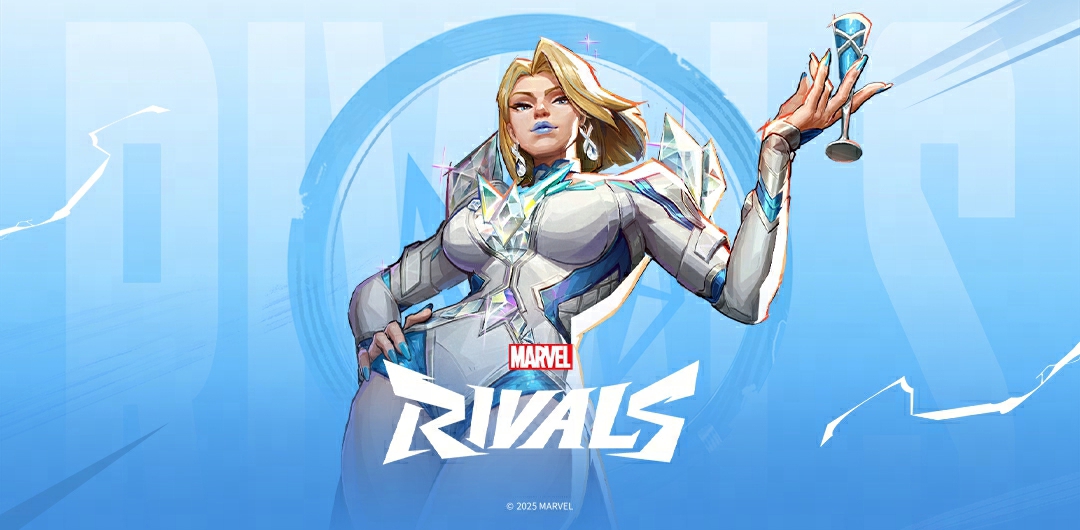1. Early Days: How Roblox First Emerged in the Tech Space
Initially, in the early 2000s, two innovators—David Baszucki and Erik Cassel—developed a physics-based educational tool called DynaBlocks. Although this was intended as a teaching resource, it soon morphed into something far more engaging: a digital playground for imagination.
By 2005, the name had officially changed to Roblox, a clever blend of “robots” and “blocks.” While the platform’s interface was simple, its core idea—giving users the freedom to build—was revolutionary. As a result, even in its early phase, Roblox began to attract curious minds looking to experiment with interactive 3D environments.
2. Game Development Becomes Democratic Through Roblox Studio
Following its public launch in 2006, Roblox introduced one of its most defining features: Roblox Studio. Unlike traditional game engines that often come with steep learning curves, this studio was tailored for accessibility.
Not only did it support drag-and-drop design tools, but it also featured the scripting language Lua, which made game logic easy to implement. Consequently, it wasn’t long before young creators began crafting elaborate virtual experiences. Whether it was a racing game, a role-playing world, or a survival simulator, the possibilities were virtually endless.
Furthermore, Roblox Studio empowered users to publish their creations instantly for a global audience to enjoy. This seamless publishing ability dramatically reduced the barriers to becoming a game developer.
3. The Turning Point: When Global Events Catapulted Roblox to Fame
Over time, the user base grew steadily. However, during the global lockdowns of 2020 and 2021, Roblox’s relevance skyrocketed. As millions of students stayed home, they turned to online platforms not only for entertainment but also for social connection.
Amid this backdrop, Roblox proved to be more than just a pastime—it became a virtual hangout. Players joined friends in games like Adopt Me!, Tower of Hell, and Brookhaven. In fact, many users replaced their real-world interactions with virtual roleplay and games, all hosted within Roblox.
As a result, the platform saw a massive surge in engagement, player retention, and game creation. By mid-2021, it was clear that Roblox had become a central part of how young people around the world connected and created.
4. Entering the Stock Market: A Major Milestone
In March 2021, Roblox Corporation made headlines when it went public on the New York Stock Exchange. Rather than taking the traditional IPO route, the company chose a direct listing. This bold move reflected not just confidence, but also a belief in the sustainability of its business model.
Following this, its valuation soared into the tens of billions. Investors quickly realized the potential of a platform driven by user engagement and creative contributions. This listing solidified Roblox’s position—not just as a gaming hub—but as a major tech player.
Importantly, going public brought new responsibilities: ensuring moderation, protecting young users, and delivering steady innovation to keep shareholders satisfied.
5. A Digital Identity Platform: More Than Just Games
Beyond gameplay, Roblox is now considered a virtual social network. Users can fully customize their avatars, purchase virtual items, and interact with others in shared worlds. This emphasis on identity and personalization strengthens user retention and emotional investment.
Equally important are the virtual events. Over the years, Roblox has hosted in-game concerts featuring global artists like Lil Nas X and Zara Larsson. These experiences blurred the lines between gaming and entertainment, offering immersive experiences not possible on other platforms.
In this way, Roblox has evolved into something much broader—a digital venue where entertainment, socializing, and self-expression all coexist.
6. Infinite Genres: Why There’s a Game for Everyone
Thanks to its open development model, Roblox offers more game genres than any single studio could ever produce. There’s truly something for everyone.
Some of the most popular categories include:
-
Role-playing games (e.g., Brookhaven, Bloxburg)
-
Obstacle courses, or “obbies”
-
Clicker and simulator games (e.g., Pet Simulator X)
-
Survival and horror (e.g., Piggy, Rainbow Friends)
-
Competitive FPS games (e.g., Arsenal)
Moreover, the community's creativity ensures that new trends arise constantly. Because games can be launched at any time, users always have something fresh and exciting to explore.
7. Roblox and the Creator Economy
A critical part of Roblox’s appeal is its economic system. Robux, the in-game currency, can be used to buy cosmetic items, power-ups, or exclusive access to games. What sets this apart is that developers can earn Robux and later exchange them for real-world money.
This monetization strategy has resulted in a flourishing creator economy. Some top developers earn millions annually, turning what began as hobby projects into full-time careers.
However, it’s worth noting that the platform takes a significant portion of revenue. Creators keep roughly 25% of the Robux spent in their games, a figure that has drawn criticism from some in the community.
8. Learning with Roblox: An Unexpected Educational Asset
As surprising as it may seem, Roblox is now widely used in classrooms and coding bootcamps. Educational programs often incorporate Roblox Studio to teach kids the basics of coding, game mechanics, and digital entrepreneurship.
Thanks to this integration, students learn by doing. They not only gain technical skills but also develop soft skills like problem-solving, project management, and teamwork.
Organizations like Code.org and iD Tech have partnered with Roblox to expand access to digital literacy worldwide. As digital fluency becomes more critical, Roblox could play an even more central role in tech-focused education.
9. Addressing Safety and Community Concerns
Naturally, a platform so popular among children and teens must prioritize safety. Roblox has introduced a range of parental controls, age restrictions, and AI moderation tools to protect its users.
Still, some challenges persist. Inappropriate content, chat abuse, and scam attempts occasionally bypass filters. While Roblox continues to improve its moderation tools, many experts advise that parents actively monitor their children’s accounts and game activities.
Furthermore, the psychological impact of peer pressure around Robux and in-game status is another growing concern that deserves continued attention.
Rating: 4.6 out of 5
Roblox is not just a platform—it’s a movement. Despite a few drawbacks, its accessibility, creative potential, and community features make it one of the most important digital ecosystems in gaming today.
Conclusion: Roblox as the Future of Online Interaction
As we reflect on the journey of Roblox, it becomes evident that its appeal lies in its limitless potential. It empowers users to create, learn, socialize, and earn—all within a single virtual universe. Whether you're a young player, an aspiring developer, or an educator, there's value to be found here.
With continued innovation, improved moderation, and greater support for its creator community, Roblox is poised to shape the future of how we engage with virtual worlds.








